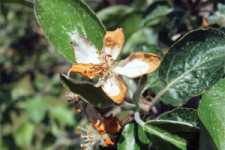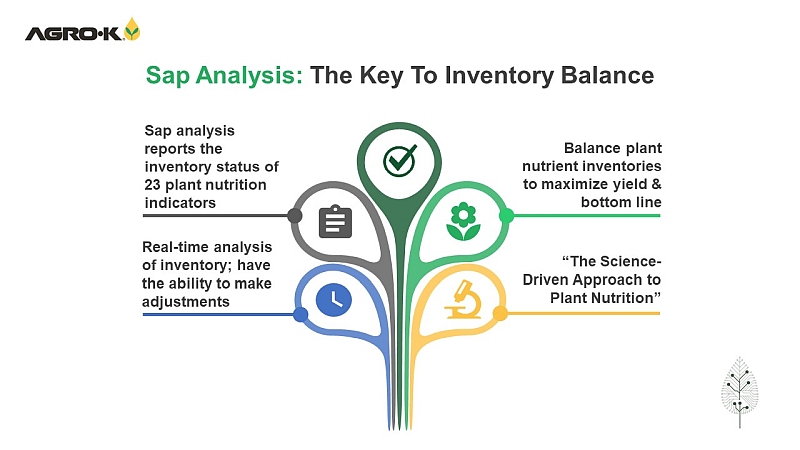Michigan Apple Growers March On

While the Washington apple industry is looking at what could be its largest crop ever, Michigan growers are dealing with the exact opposite situation. Unseasonably warm weather in early spring followed by a series of frosts has resulted in an estimated apple crop loss of around 80%, even more in areas hit especially hard. However, rather than lament on a lost season, many growers and industry leaders are already looking at ways they can bounce back in 2013.
Picking Up The Pieces
While packouts are way down, quality does look to be strong, according to Don Armock of Riveridge Produce Marketing in Sparta, MI. “Internal quality is exceptional due to a very warm summer with a deficit of rainfall providing very high sugars,” says Armock. That’s good news, considering that Michigan growers who attended the U.S. Apple Association’s Crop Outlook Conference in August had been saying they would likely be picking just about anything hanging on the tree.
The big challenge to come is in how the reduced crop will be effectively marketed. Many smaller retail growing operations have already been forced to eliminate pick-your-own apples this year. On a larger scale, the Michigan Apple Committee has had to discontinue any marketing efforts it had planned for the season, which means there will be very little advertising or promotional activity. Armock also notes an even bigger concern, that some of the state’s marketing customers will be forced to seek out new suppliers. “Our fear is that we will lose distribution of next year’s crop.” There will also be very little export crop available.
Moving Forward
Mike Rothwell, president of BelleHarvest Sales in Belding, MI, says that in order to ensure a successful 2013, next year starts this year. “We want to be in front of all our major customers; we can’t afford to be out of the market for 20 months,” he says.
Diane Smith, president of the Michigan Apple Committee (MAC), says their goal is to begin executing 2013 marketing plans much earlier than usual. This includes meeting with retailers, building programs funded by specialty crop block grants, and developing promotional strategies for locally grown produce. In the short term, MAC is assisting growers in getting financial help through the state’s disaster relief bill, as well as communicating with state and federal lawmakers on critical issues such as labor reform and the 2012 Farm Bill.
Back on the farm, Rothwell cautions that growers may try to overcompensate for this year’s short crop by not thinning as much as they normally would. “They need to remember to clean the slate,” he says.
Armock also says that optimism rules, as growers continue to plant new ground or renew older plantings. “Tree training is being done during what would normally be harvest time to get ahead of next year’s work load.” The extra time is also giving growers the chance to think more about improving efficiencies for next year. In a state that has seen several ups and downs the past few years, such an approach will certainly help.
Advice From An Expert
From the research and Extension perspective, Bill Shane, Extension educator at Michigan State University, says growers should realize that tree fruit orchards may go into the 2013 season with atypical disease, insect, and fertility situations. “For example, inoculum levels for peach leaf curl may be higher than usual in 2013. Routine sprays for brown rot, not applied in 2012, normally help to suppress the summer yeast phase of the peach leaf curl pathogen. Peach growers should be sure to have a strong peach leaf curl fungicide program.”
Similarly, apple scab carryover may be higher than usual because of reduced fungicide use in 2012. “A fall assessment of scab in apple orchards will help growers determine the need for additional management actions in 2013. A greater than normal scab carryover may point to the need for urea sprays on overwintering leaves or more thorough primary scab fungicide programs.”
Shane continues: “San Jose scale may have become worse in 2012 in orchards without summer insecticide programs that suppress crawler activity. A quick scout through orchards this fall looking for scale on this year’s limb growth will be useful for determining the need for oil sprays next spring.”
Finally, carryover nitrogen levels in the soil and in the trees themselves may be atypical in 2013. “I often see orchards on sandy sites starved for nitrogen in the early spring, because the grower cut too far back on fertilizer in the previous season under a no-crop situation. A look at the level of green coloration in foliage this fall will help growers gauge what the nitrogen needs will be for next year.”










